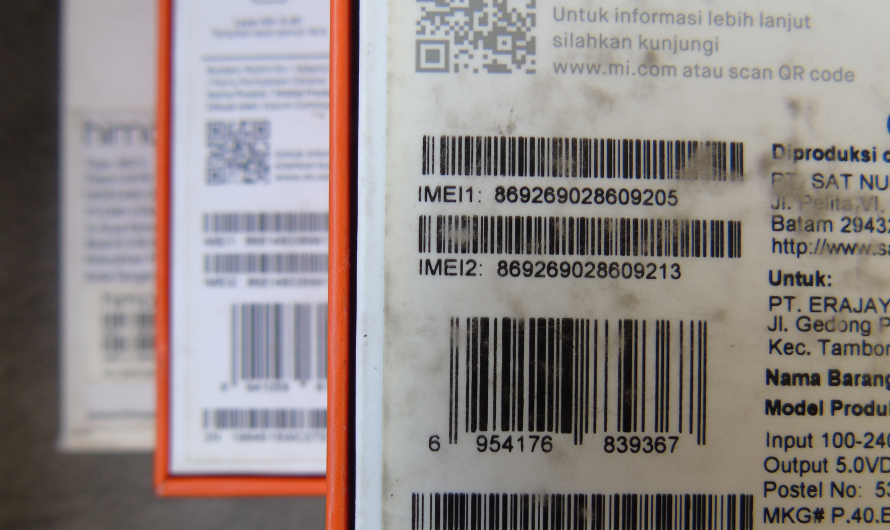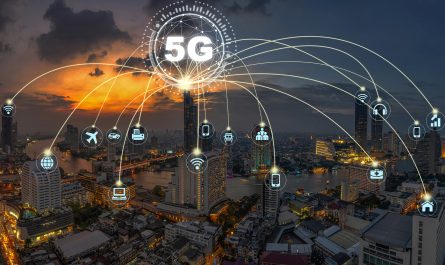In the ever-evolving landscape of mobile technology, certain terms like IMEI numbers often surface, yet their significance remains a mystery for many users. An IMEI (International Mobile Equipment Identity) number is more than just a random string of digits; it serves as a unique identifier for mobile devices worldwide. In this comprehensive guide, we’ll delve into the intricacies of IMEI numbers, uncovering their purpose, functionality, and implications in the realm of mobile communication and security.
Buy Airtel Postpaid with exciting benefits!
What is an IMEI Number?
An IMEI number is a unique code assigned to each mobile device, acting as its digital fingerprint. Comprising 15 digits, this identifier holds crucial information about the device, including its origin, model, and serial number. Unlike other identifiers like MAC addresses, IMEI numbers are specific to mobile phones and are essential for various functions, from network connectivity to device tracking.
The structure of an IMEI number follows a specific pattern, with each segment representing distinct information. For instance, the first eight digits signify the Type Allocation Code (TAC), indicating the device’s manufacturer and model. The subsequent six digits form the unique serial number, while the final digit serves as a check digit for validation purposes.
How is an IMEI Number Generated?
IMEI numbers are not randomly generated but follow a precise algorithm established by the GSM Association (GSMA). This algorithm ensures the uniqueness and validity of each IMEI number, preventing duplication or tampering. Manufacturers embed IMEI numbers into devices during production, typically beneath the battery or in the device’s software.
The generation process involves a combination of manufacturer-specific codes, device identifiers, and checksum calculations. While the algorithm itself is standardised, variations may exist based on regional regulations or industry standards.
Read more: The risks of answering spam calls
The Role of IMEI Numbers in Device Identification
IMEI numbers play a pivotal role in identifying and tracking mobile devices across networks and geographic locations. In cases of theft or loss, authorities and network operators rely on IMEI numbers to blacklist stolen devices, rendering them unusable on most networks.
Furthermore, IMEI numbers facilitate device authentication and verification, ensuring that only authorised devices can access network services. This functionality is integral to maintaining network security and preventing unauthorised access or fraudulent activities.
Understanding IMEI Number Functionality:
Beyond mere identification, IMEI numbers enable seamless communication between mobile devices and network infrastructure. When a device connects to a cellular network, its IMEI number is transmitted to the network’s equipment, allowing for routing of calls, messages, and data packets.
Additionally, IMEI numbers are associated with SIM cards, enabling carriers to provision services and manage subscriptions effectively. This linkage ensures that each device receives the appropriate network configuration and service entitlements.
IMEI Numbers and Mobile Security:
Mobile security is a paramount concern in today’s interconnected world, and IMEI numbers play a crucial role in safeguarding devices and data. By leveraging IMEI-based tracking systems, users can remotely locate, lock, or wipe their devices in the event of loss or theft.
Moreover, mobile device manufacturers and network operators employ IMEI-based authentication mechanisms to prevent unauthorised access and protect user privacy. Features like device lockdown and encryption rely on IMEI numbers to enforce security protocols and mitigate potential threats.
Read more: How to fix the no SIM card detected error in Android and iOS
IMEI Numbers and Legal Implications:
From a regulatory standpoint, IMEI numbers are subject to specific guidelines and requirements imposed by national telecommunications authorities. Device manufacturers must ensure compliance with IMEI registration and reporting protocols to facilitate traceability and accountability.
Tampering with or altering IMEI numbers is considered illegal in many jurisdictions, as it undermines the integrity of device identification and poses security risks. Penalties for IMEI manipulation vary but often entail fines, imprisonment, or device confiscation.
Common FAQs About IMEI Numbers:
– What should I do if my device’s IMEI number is invalid or unrecognised?
If your device displays an invalid IMEI or fails to recognize the IMEI altogether, it may indicate a hardware or software issue. Contact the manufacturer or service provider for assistance in resolving the issue.
– Can IMEI numbers be changed or spoofed?
While technically possible, changing or spoofing IMEI numbers is illegal in most jurisdictions and can result in severe consequences. It’s crucial to refrain from tampering with IMEI numbers to avoid legal ramifications.
– How can I check the validity and authenticity of an IMEI number?
Several online services and mobile apps offer IMEI validation tools, allowing users to verify the authenticity of their device’s IMEI number. Additionally, manufacturers and network operators may provide IMEI validation services through their official websites or customer support channels.
IMEI numbers serve as more than just arbitrary identifiers; they are the linchpin of mobile device management, security, and accountability. By understanding the intricacies of IMEI numbers and their functionalities, users can make informed decisions regarding device usage, security measures, and regulatory compliance. As technology continues to evolve, IMEI numbers remain a steadfast component of mobile communication, ensuring seamless connectivity and safeguarding user privacy.
Looking for a new prepaid SIM or postpaid connection? Then why not switch to Airtel? Get the best of Airtel’s plans, multiple OTT benefits, claim rewards, refer Airtel services to friends to earn cashback offers, all from the Airtel Thanks mobile recharge app.



